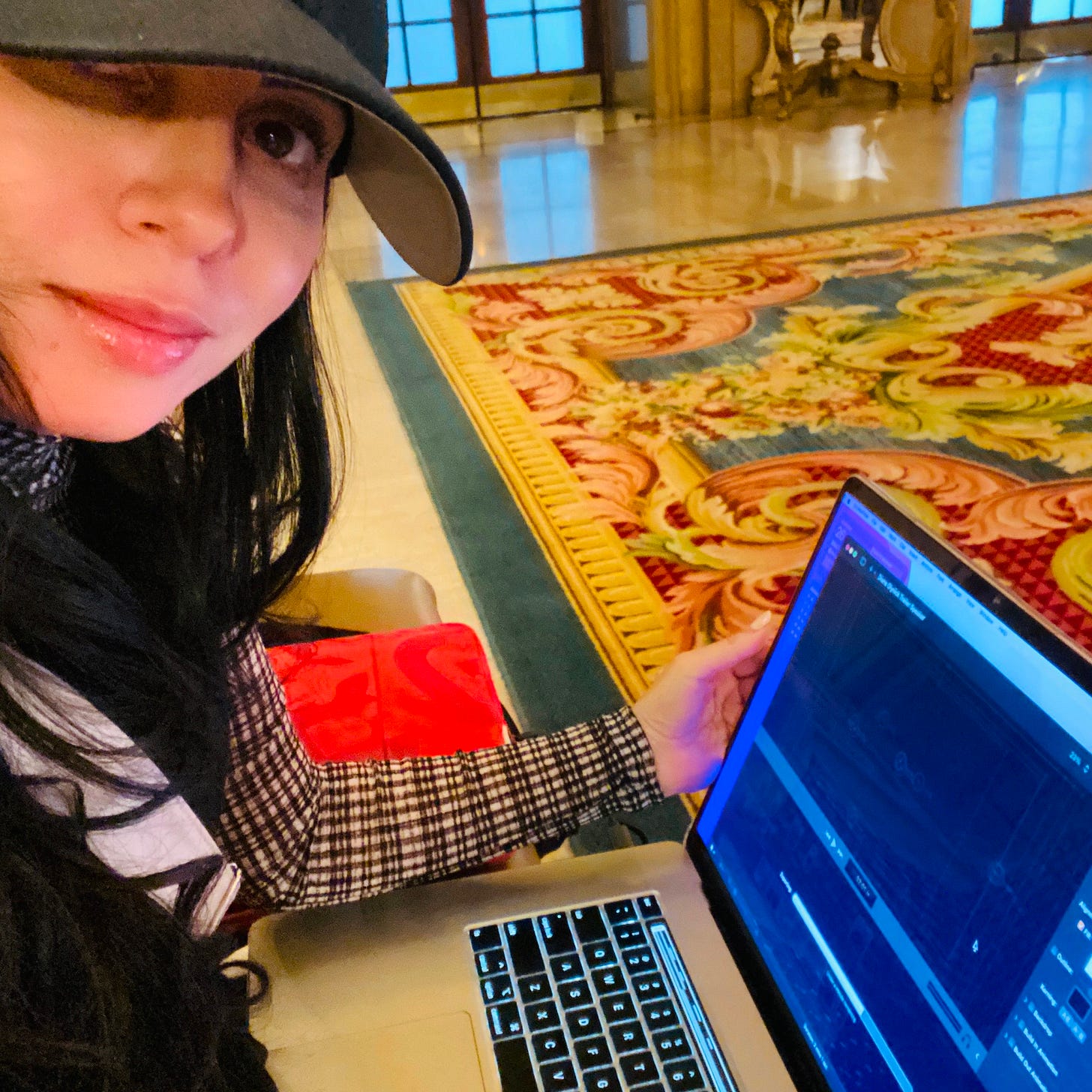Tools That Shape Us: A Reflection on Design
Last week, we explored the hidden forces shaping our decisions and the trade-offs we face between convenience and autonomy. But what happens when these systems aren’t just tools we use but integral parts of the world around us? What happens when they begin to define how we experience life itself?
Marshall McLuhan captured this idea perfectly when he said, “We shape our tools, and thereafter our tools shape us.” It’s a profound truth that resonates now more than ever. The tools we create don’t just solve problems—they redefine how we live, think, and interact. And nowhere is this more evident than in the imagined world of a futuristic smart city.
The Smart City: A Seamless Future
Picture this: a city where every element adapts to your needs. The streets dynamically adjust their traffic flow based on live data. Personalized billboards flash ads tailored specifically to your interests as you walk by. Public transport routes shift in real-time to ensure minimal wait times. Your phone pings with a suggestion for lunch, perfectly aligned with your dietary preferences and current location.
It’s a marvel of efficiency, a place where life feels seamless and optimized. Everything seems designed to make your day easier, faster, and smoother.
But beneath this veneer of perfection lies a quieter story.
The Rebel: Challenging the System
Now, imagine a rebel in this city. Someone who decides to walk an unoptimized path—choosing a route the system didn’t suggest. They pass by the recommended lunch spot and instead stumble upon a hidden café that isn’t part of the city’s database. They choose to explore, to deviate from the nudges and recommendations that surround them.
The city’s systems notice. Subtle recalibrations occur: another notification pings, offering a discount at the recommended café. A billboard updates to show an ad designed to lure them back to the “optimized” path.
This small act of resistance highlights a critical tension: the push and pull between human agency and system design. In a world built for optimization, what happens when we choose the unoptimized?
The Broader Reflection
The smart city is more than a hypothetical future; it’s a glimpse into the delicate balance between innovation and freedom. It raises profound questions about the tools we’re creating and the systems we’re embedding into our lives.
Are we designing tools to serve humanity, or are we becoming servants to the systems we create?
McLuhan’s quote reminds us that our creations reflect our values. When we prioritize efficiency above all else, we risk sidelining individuality, creativity, and spontaneity. The rebel in the smart city isn’t just a character—they’re a symbol of something deeply human: the desire to choose, to explore, and to define our own paths.
For next week, we’ll bring all these ideas together. We’ll explore how we can reclaim agency in a world increasingly shaped by invisible systems and tools designed to guide us.
For now, think about this: If you could design the tools of tomorrow, what would they prioritize—efficiency or autonomy?
Every choice we make—and every tool we create—tells a story. What story do you want to tell?… Thanks for reading and see you in the next episode!


